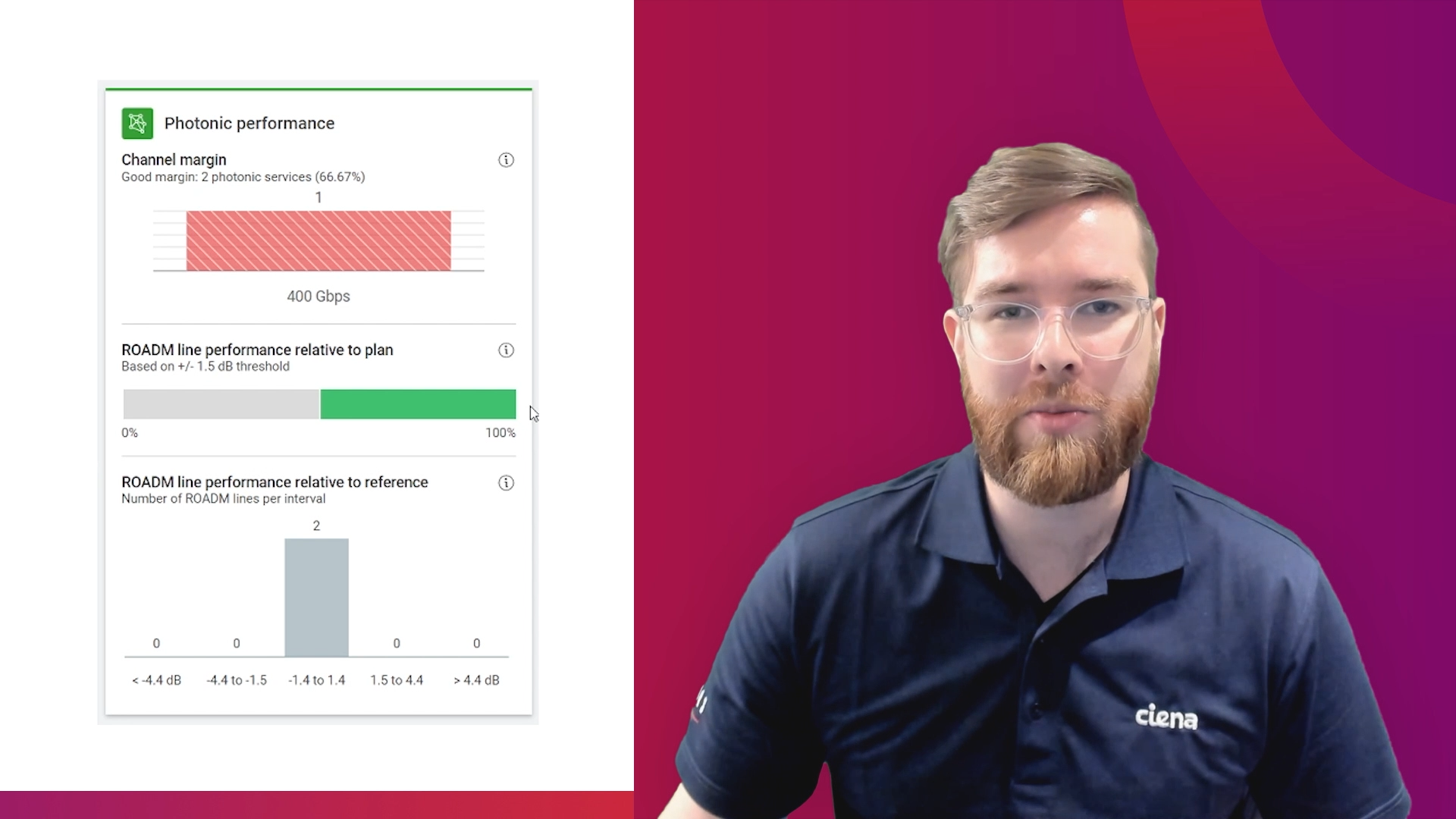Building an Adaptive IP Network with Blue Planet Software
Network traffic in India is expected to grow by eight to ten times over the next five years, driven by high-definition video content, online gaming, AR/VR and cloudification of enterprises. The home broadband segment of the market is just about to take off and the convergence of network and content via caching and content distribution networks is starting to come up to create a seamless end user experience. Some of these newer applications require much lower latencies on the network to be able to deliver high quality end user experience. To achieve these lower latencies, there is a need to build a seamless distributed cloud as an overlay to the underlying network data plane. To build this robust edge, hyperscale data centers in the core today will start to fan out towards the edge to form a thin shim application layer that serves latency sensitive content.
To address the ever changing realities, Ciena has introduced the concept of Adaptive IPTM. Adaptive IP allows network operators to turn up the essential IP capabilities required to support new applications while bolstering the network with cloud-like scale, disaggregated functionality, and automated intelligence. Together, this allows for a simpler, more streamlined IP connectivity leading to economies of scale. Adaptive IP supports existing services and applications while setting the stage for fast-emerging use cases in India, such as 5G backhaul and IoT.
The Role of Software
Software has always played a pivotal role in building efficient networks. Software was always integrated into each network element and distributed across the network. Cost, Space and Power Consumption were always important criteria and the amount of compute and store that we could put into each network element was limited. With Software Defined Networking architectures, software functions are now being disaggregated and centralized into a controller where it makes sense. This changes the cost economics and operational dynamics of the way we run networks.
Once more and more functions start to get centralized, we have the capability to put in high capacity compute and storage into this centralized location. With the additional compute, we introduce the power of real time telemetry and machine learning-based analytics to make decisions.
Analytics and intelligence
The Adaptive IP approach leverages Ciena’s Blue Planet Analytics, which incorporates powerful machine learning capabilities to derive deep insights from the network – Ciena, third party, or hybrid. The Analytics platform is built upon an open and extensible microservices-based architecture and forms a robust and flexible framework for collecting, processing and storing network data. Insights from the analytics platform can feed into a policy engine, the route optimization engine for driving automation use cases or could also feed into a GUI based dashboard for the end user.
Centralized Path Compute, Route Optimization & Traffic Engineering
A critical part of Ciena’s Adaptive IP approach is Blue Planet Route Optimization and Assurance (ROA), which fills a fundamental IP/MPLS management gap. With Blue Planet ROA, you can capture real-time telemetry from network elements, as well as from domain controllers and service orchestrators, such as Blue Planet MDSO, to provide network forensic capabilities. This visibility into the IP/MPLS network control plane allows you to see precisely how specific traffic traverses the Layer 3 IP network, and where performance can be optimized on an ongoing basis. As networks move towards technologies like segment routing for simpler traffic engineering, RoA will play the important role of a segment routing controller. Engineered for intelligent network automation, Blue Planet ROA integrates with Blue Planet MDSO to provide powerful analytics and orchestration capabilities and accelerates the transition toward an Adaptive IP network.
Service Orchestration
Service orchestration and life cycle management is one of the most important automation challenges that service providers are trying to solve. Every vendor has their own command syntax to provision / modify and maintain a service, every vendor has a slightly different set of parameters, a slightly different way in which these parameters get provisioned. Multi-Vendor and Multi-Domain Service Orchestration is all about hiding these nuances and complexities under the hood and create a simple front-end template for the users to work with. It creates simple standard templates to manage the life cycle of a service irrespective of the underlying vendor equipment. This is best achieved by leveraging intelligent automation driven by an Orchestration Platform. Ciena’s Blue Planet® Multi-Domain Service Orchestration (MDSO) enables this architectural shift with its centralized, software-defined control of multiple, multi-vendor domains.
Federated Inventory Management
Most network providers have multiple inventory systems in place to support their various service offerings and lines of business. However, because traditional inventory systems operate offline, and were developed primarily to support circuit-based physical networks, they provide a static and fragmented view of service and network resources. Service providers are under increasing pressure to reduce costs and launch more software-centric on-demand services to meet customers’ expectations. Ciena’s Blue Planet Inventory addresses this and provides a unified, dynamic, and end-to-end view of all your network and service resources, to streamline your operational processes.
Adaptive IP: An open IP network architecture, from Access to Core
In conclusion, there are many areas of the network where automation projects are being taken up in silos. Building an Adaptive Network™ is about creating a programmable forwarding plane infrastructure and then looking at these automation projects as one big picture. It’s about automating multiple aspects and making sure these aspects seamlessly work with each other to drive operational efficiencies and cost optimization. Ciena’s Blue Planet® Software is a suite of software automation modules that can either run stand alone to fit into a bigger picture or work with each other to create a bigger picture of a Service Provider’s network automation journey.








